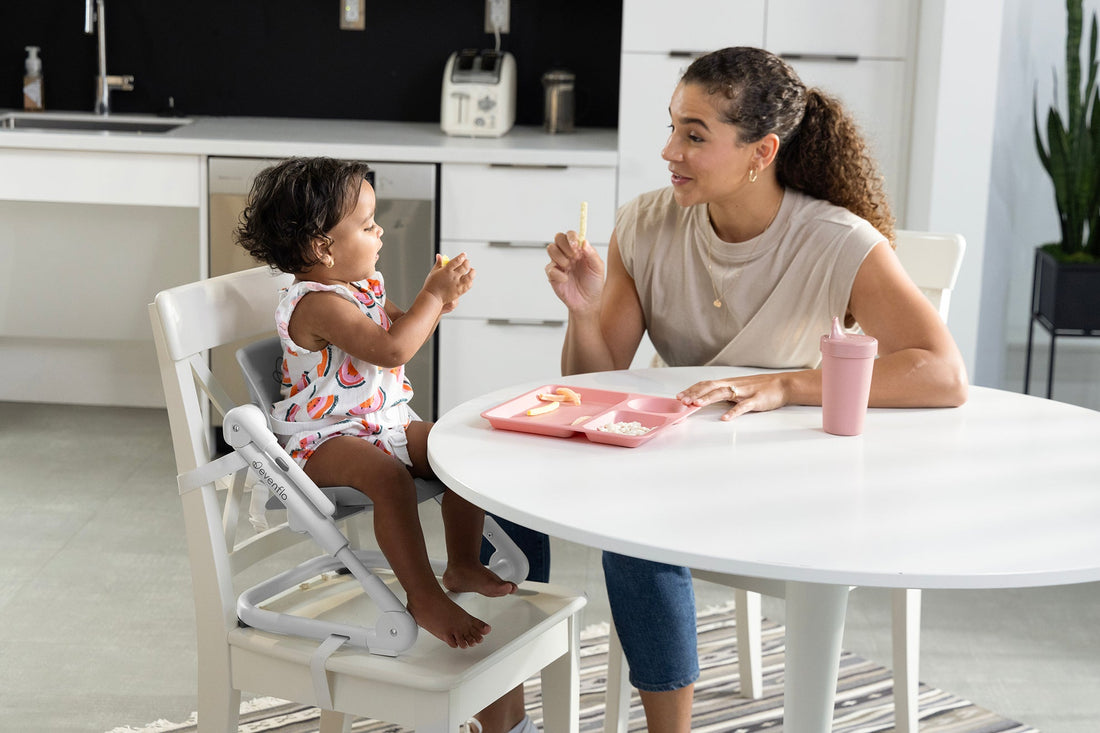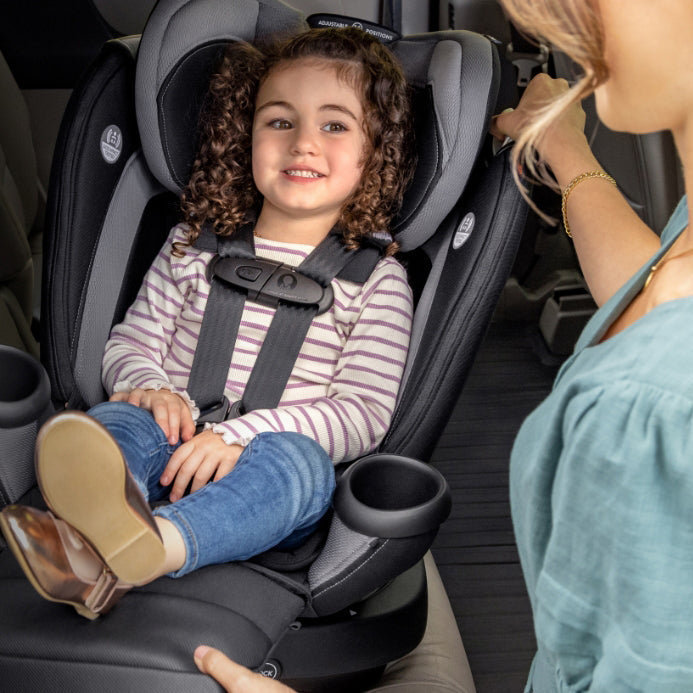
Introducing your baby to solid foods
Disclaimer: This article does not contain medical advice and is not intended to substitute any professional medical advice, diagnosis or treatment.
As a first-time parent, there are many questions that you may not know the answer to. One of the more important questions to answer is when you should start introducing solid foods into your baby’s diet. There’s not one "correct" answer to this question, because every child is different. But we’re here to help provide guidance and resources so that you can reasonably make the best decision for your child.
Generally, most professionals recommend introducing babies to solid foods alongside breastmilk or infant formula at around 6 months old. Although, some children may be ready as early as 4 months old and some children may not be ready by 6 months.
Look for signs that your baby is ready.
According to the CDC, “You can look for these signs that your child is developmentally ready:
- Sits up alone or with support
- Is able to control head and neck
- Opens the mouth when food is offered
- Swallows food rather than pushes it back out onto the chin
- Brings objects to the mouth
- Tries to grasp small objects, such as toys or food
- Transfers food from the front to the back of the tongue to swallow”
Start with single-ingredient foods.
According to the Mayo Clinic, you should “continue feeding your baby breast milk or formula — up to 32 ounces a day.” Alongside that, offer single-ingredient foods that don’t contain any sugar or salt. You should wait 3-5 days between each new food to make sure your baby doesn’t experience any adverse reactions.
Gradually continue to introduce new foods.
Finger-friendly foods are the way to go! Make sure everything you offer your baby is finely chopped and easy to eat without teeth. Soft fruits, vegetables, pasta, cheese, baby crackers and baby cereal are great options to start with. Be sure that any firmer fruits or veggies are cooked thoroughly to achieve a soft, mushy texture.
Important note: Don’t forget about nutrients! According to the Mayo Clinic, “Iron and zinc are important nutrients in the second half of your baby’s first year. These nutrients are found in pureed meats and single-grain, iron-fortified cereal.”
Be patient and persistent.
Your baby may not take to solid foods after the first couple of attempts — and that’s okay! Every baby moves at their own pace and solid foods can be a strange texture for them to get used to. Keep trying new foods and new textures, even if they reject them the first few times. If you continue to experience issues with your baby taking solid foods, talk to your pediatrician about tips that might help the process.
Find tools that make the process easier!
Dining with your little one can be messy — especially as they’re getting used to solid foods. But you can bring a comfortable and secure seating option along for every mealtime with your kiddo to make sure things run smoothly! The Evenflo® Eat & Go™ 2-in-1 Portable Folding Booster Chair is designed for children ages 6 months - 36 months (who can sit up unassisted and weigh up to 33 lb). This booster chair is designed to grow with your little one, all the way from baby food to fresh fruit, veggies, pasta and more! It features two modes of use, 2-level height adjustment and a 3-point harness for a secure dining experience.
The Evenflo® RightSeat™ Multistage High Chair was designed with ergonomic comfort in mind for your child. The 4-position adjustable seat and footrest allow your child to be seated in an ideal position with their hips, knees and ankles positioned at a 90° angle for proper posture while eating. This high chair offers extended use with 3 modes, easy no-tool assembly, a removable BPA-free tray, an included 5-point harness and modern wood-like accents.
Before you know it, your baby will be eating all different kinds of food. They’ll develop likes and dislikes, but it’s important to introduce them to new tastes and textures while they’re young.
